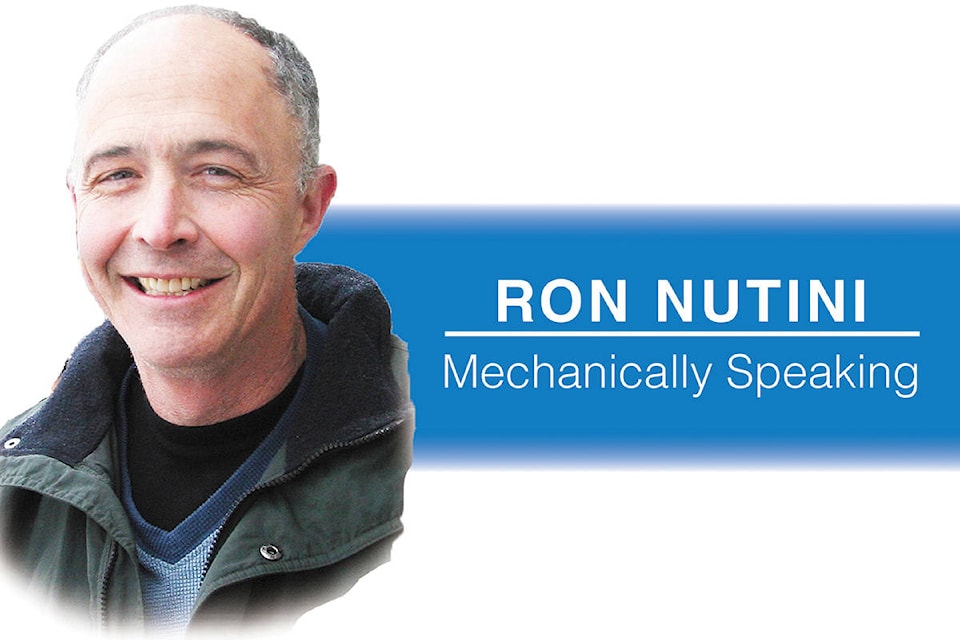Diagnosing automotive problems is very much a balancing act. How much time do I spend testing vs just digging into where the problem is most likely? There was a time where just looking under the hood was going to solve many problems very quickly. That is not necessarily the case any more.
I am much more likely to start figuring out a problem by connecting testing equipment in the driver seat than ever before. Not that looking under the hood is not important anymore but most of the stuff I would want to see is covered by some decorative piece of plastic (actually sound deadening). A lot of stuff I might want to see is not under the hood any more. The battery for one!
The truth is I can find out a lot more about your vehicle from the driver’s seat than even before. The amount of information keeps growing and growing. The challenge is processing the information and coming up with a diagnostic routine to get to the problem. Then get your hands dirty and fix it. So to speak.
Once the owner has explained the symptoms of the problem I first would like to check if the vehicle has recognized the same symptoms. That is done with a scan tool and it saves me going for a test drive and trying to reproduce those symptoms. The scan tool connects to the vehicle’s computer network and can query many of the multitude of computer modules that make your vehicle do things the way it is supposed to.
All of these modules report issues they may have had with information or the lack of information coming and going from them. No, they may not have turned any warning lights on but they did see trouble. Does the big report or health check as we now say in the biz collaborate with the owner’s symptoms as described? If so we are that much closer to a solution and a wheel has not rolled nor a hood been opened.
Somewhere in the stack of data gleaned from the computer network there will possibly be some event data. That data will be the conditions the vehicle was in when a specific problem occured. This can be very helpful information. A road test can be much shorter when the conditions for causing the symptom can be mimicked. Was the engine cold? How fast was the vehicle traveling? What gear was the transmission in? What was the outside temperature? What was the day, date and time that it happened? How much fuel was in the tank? Yes, all that information may be available and much, much more. You have got to have the tools and knowledge to find it though.
The conditions to reproduce the problem are now set. A test plan is developed? Is it more driving with various testing and diagnostic tools or do I head straight into the bowels of the beast? Replace that darn …….!
Trail’s Ron Nutini is a licensed automotive technician and graduate of mechanical engineering from UBC. E-mail: nutechauto@telus.net
